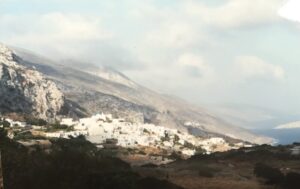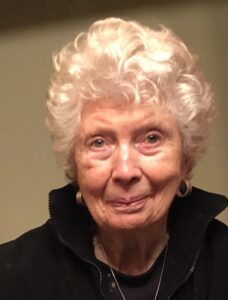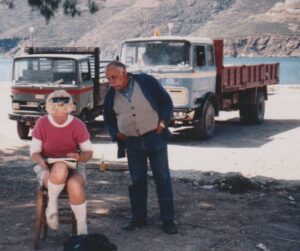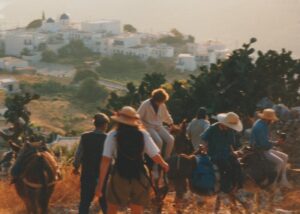
MY AMORGOS
It has been a long time since I have entered a post. It is good to be talking to you, my friends, again.
I have my excuses, – I’ve had several bad falls including a broken hip June 4th. It has been a difficult summer. I’m still on a walker but doing really well at last.
THE GREEK MEMOIR I have been working on for some time is at last a book! I am very excited to be able to share it. I think many of you will enjoy it. I am glad to finally be able to offer it to you. If you’re interested, click on, My Amorgos, to find out more about the book and how to order it. Or use the following link to go directly to the order page 
CLASS IS DISMISSED
This summer it became obvious that my teaching days are over. My 86 years are catching up with me. I find the teaching too tiring even though I know I have a wealth of information and I love sharing it. It is hard to step back, but there comes a time.
The online classes ended when Shutterfly discontinued its Share Sites earlier this year. I hope to move some of that material into the Technique Corner.I suggest printing out any of the pages you find particularly useful in the technique corners. They are as close as I will come to writing a book on watercolor.

VOICES FROM THE PAST: It is great fun when someone reconnects. Please drop a line when you have a moment. We have shared a lot over the years. watercolors@rockisland.com
